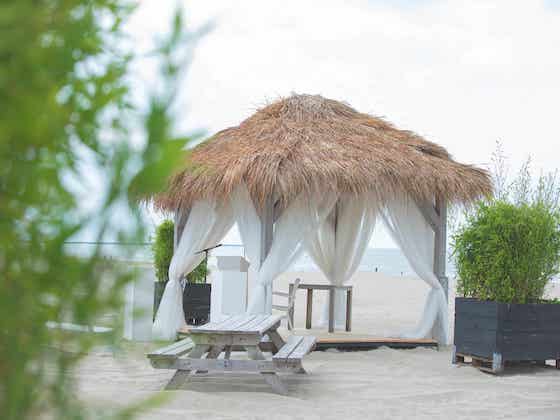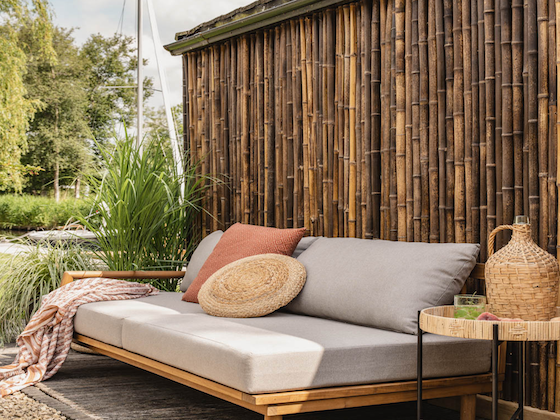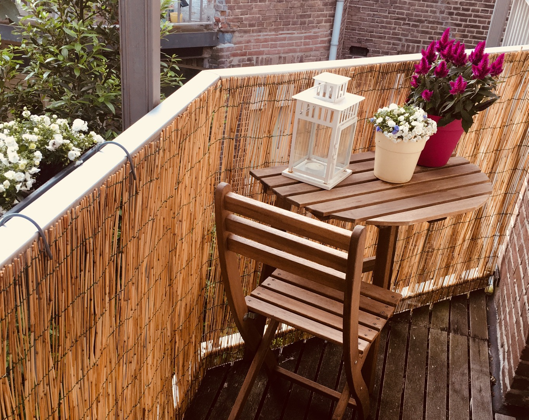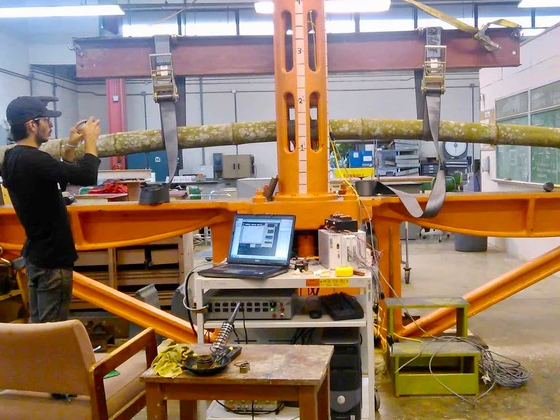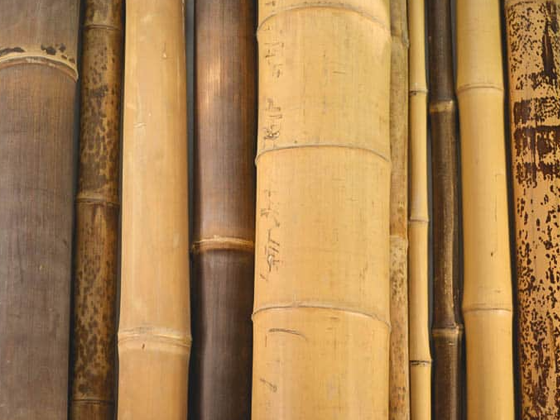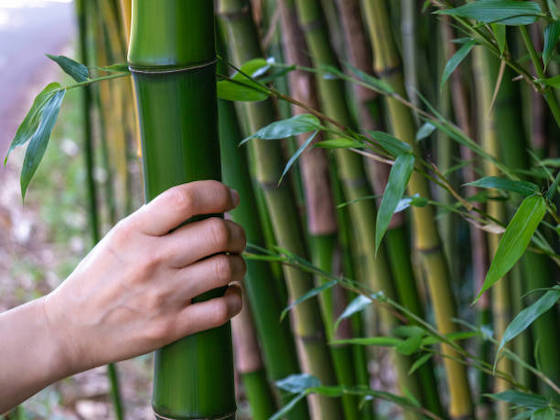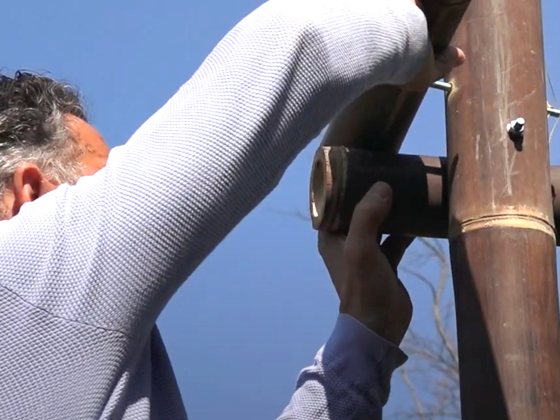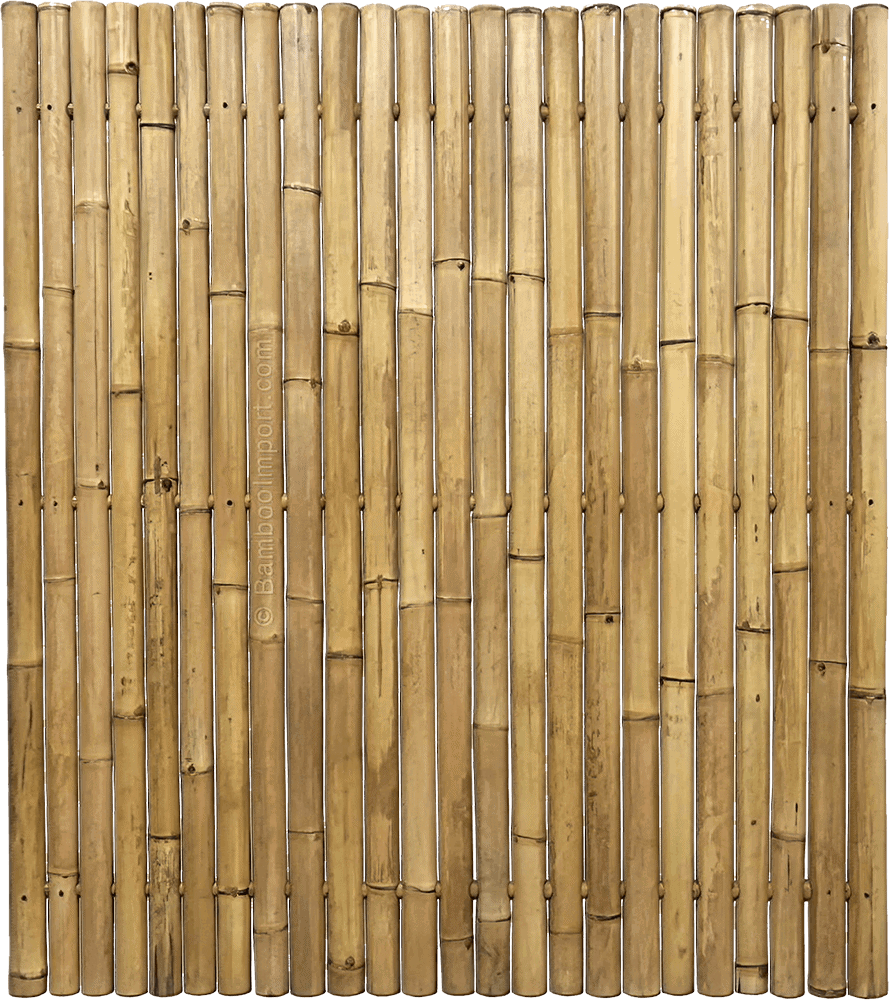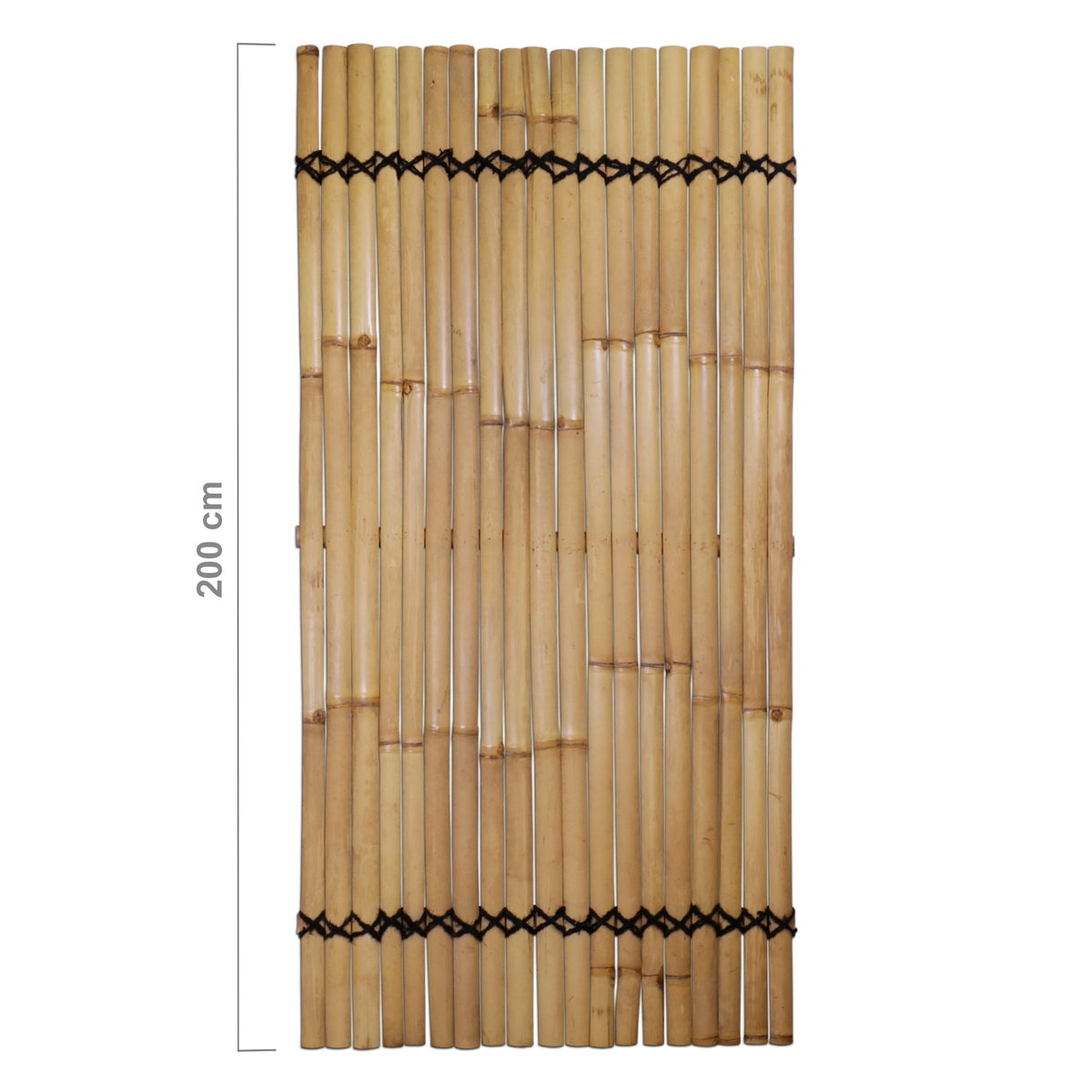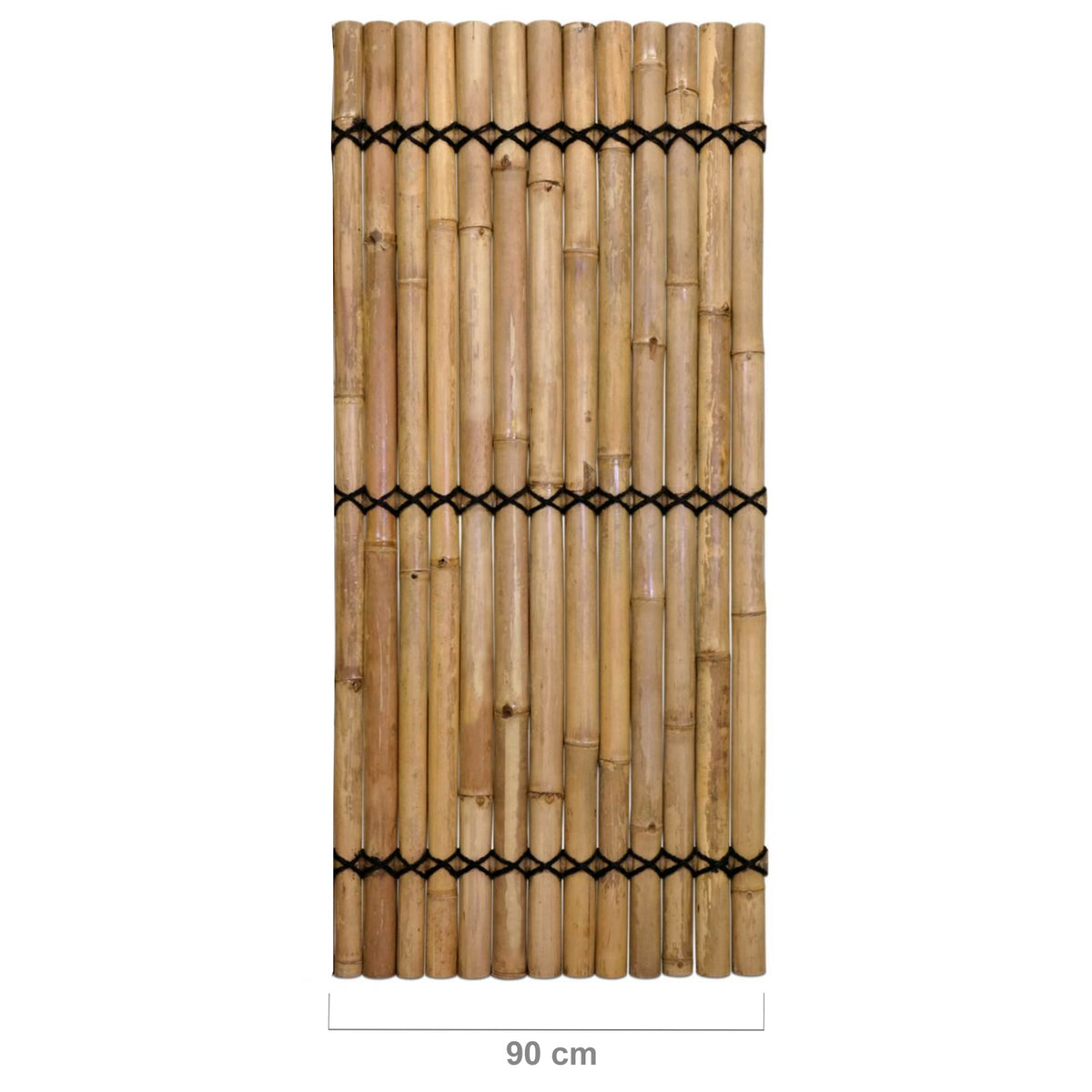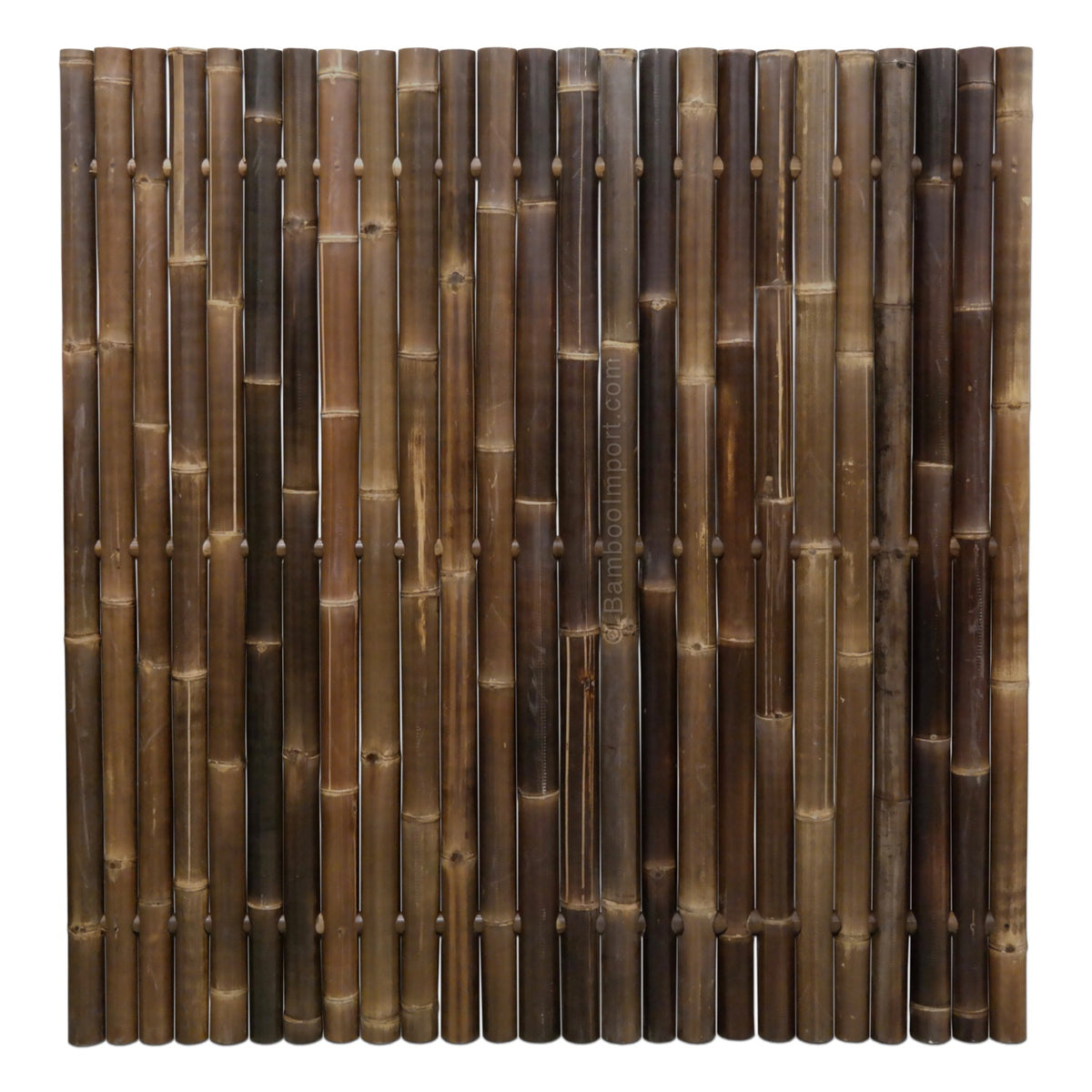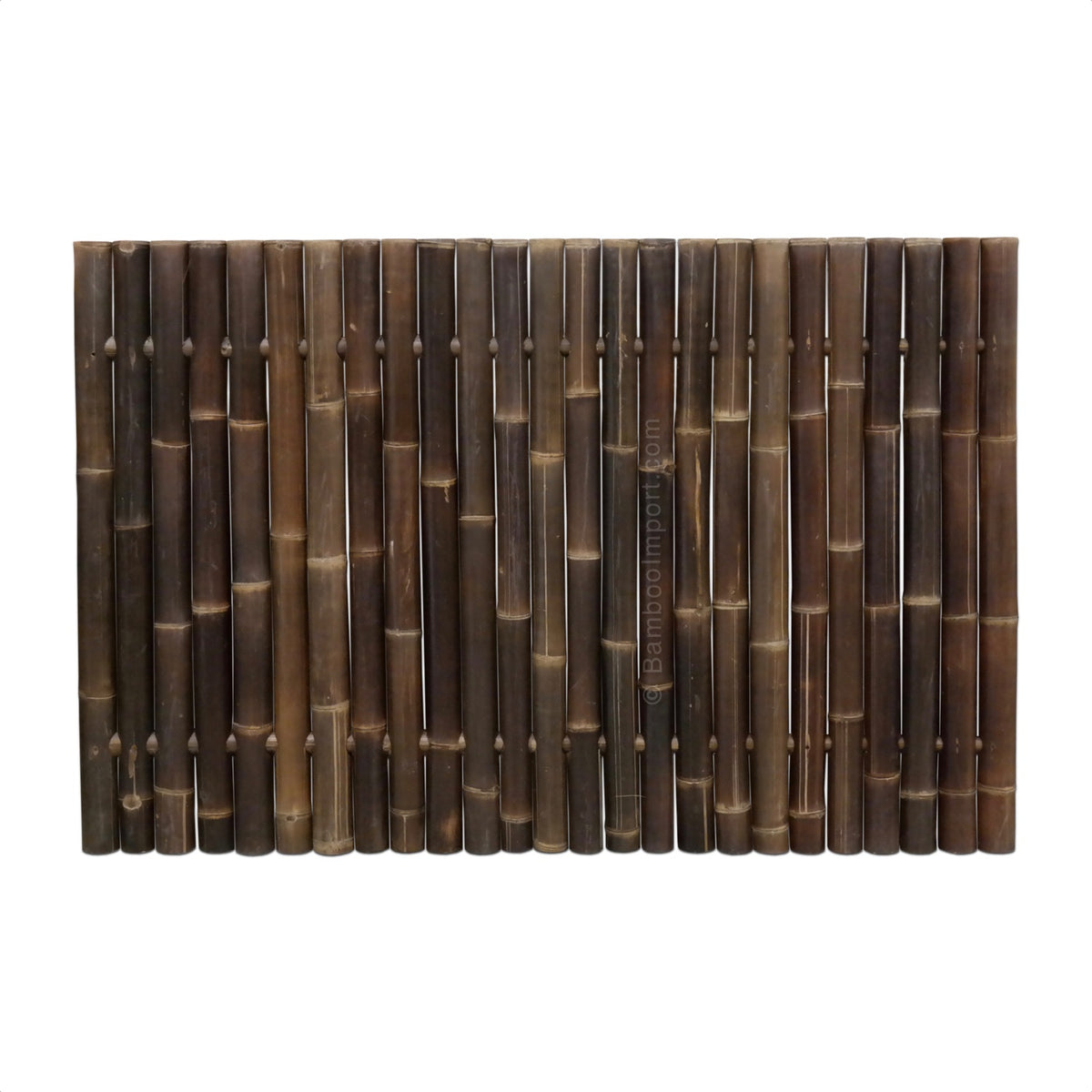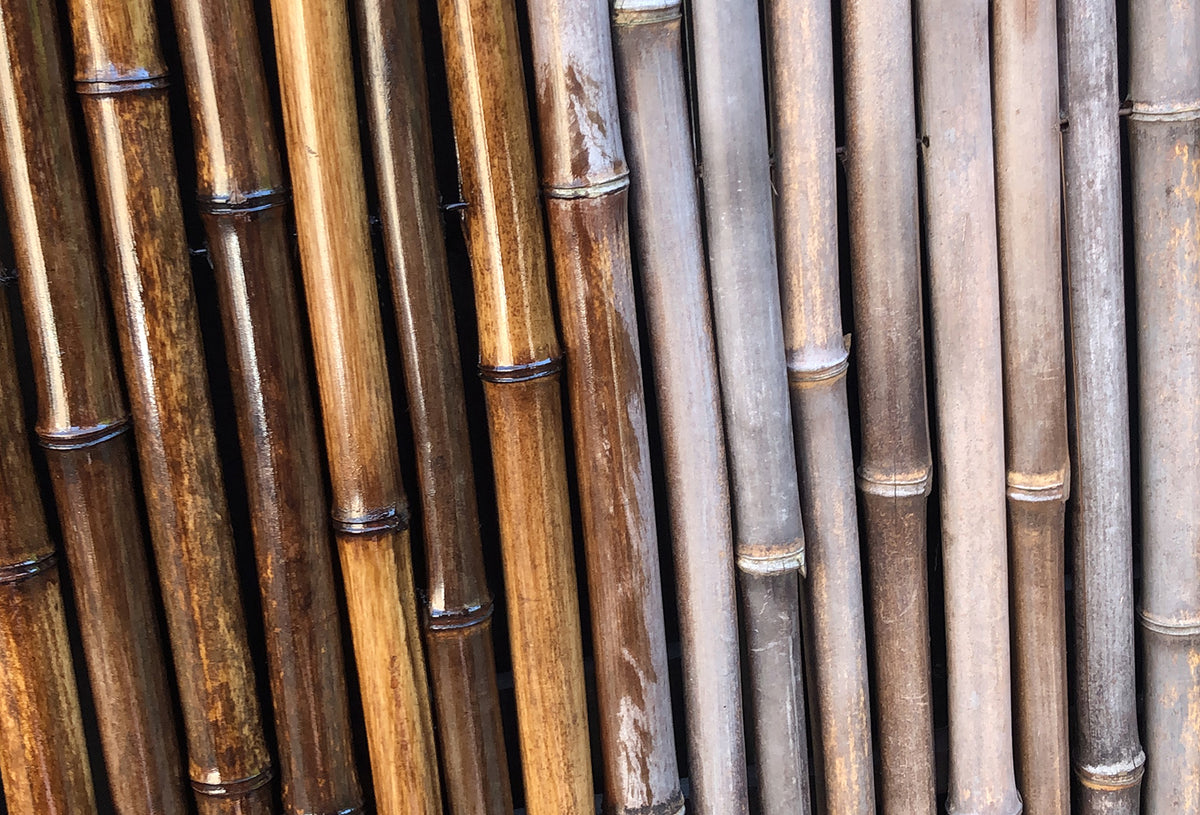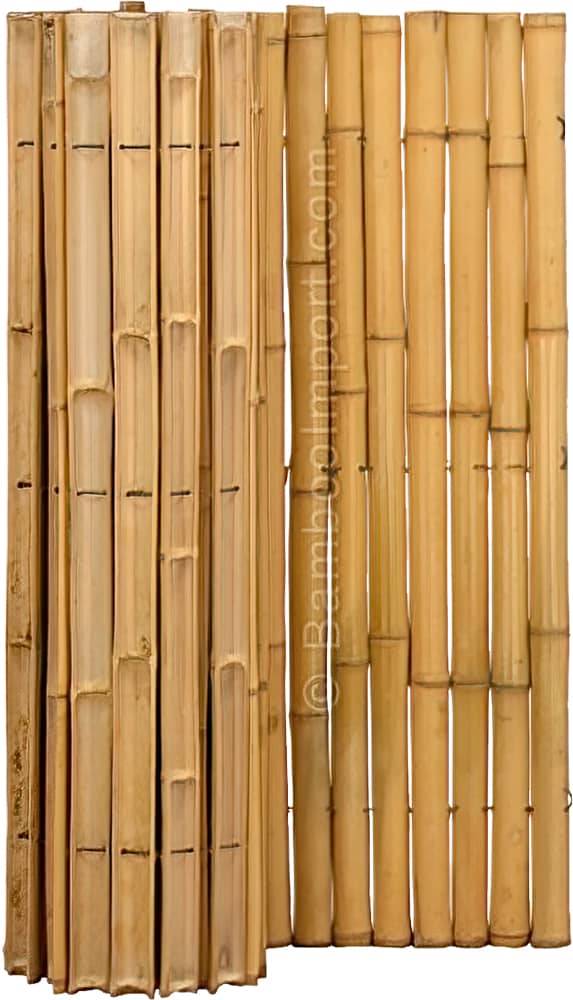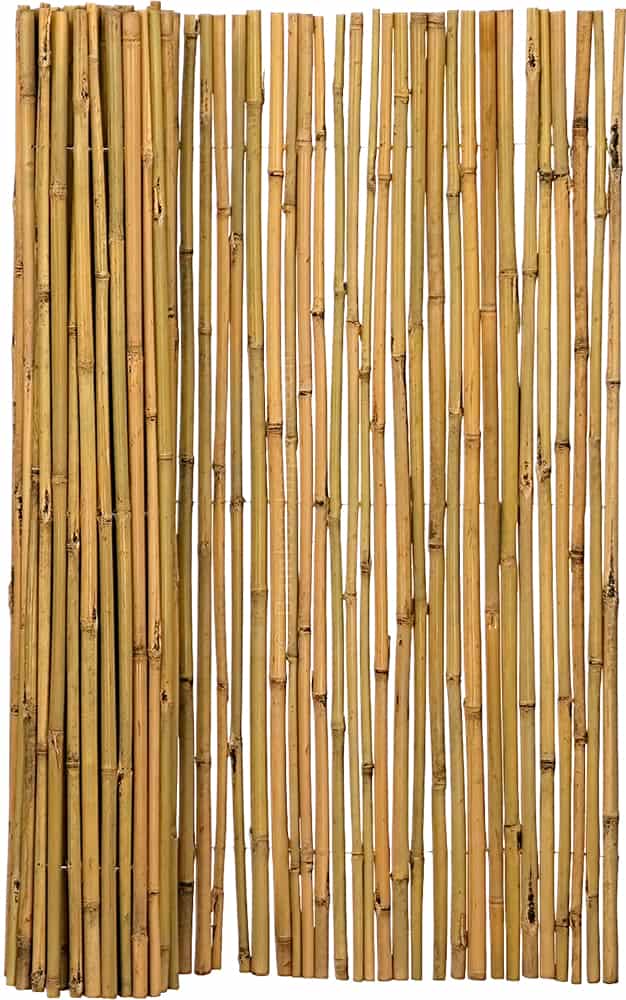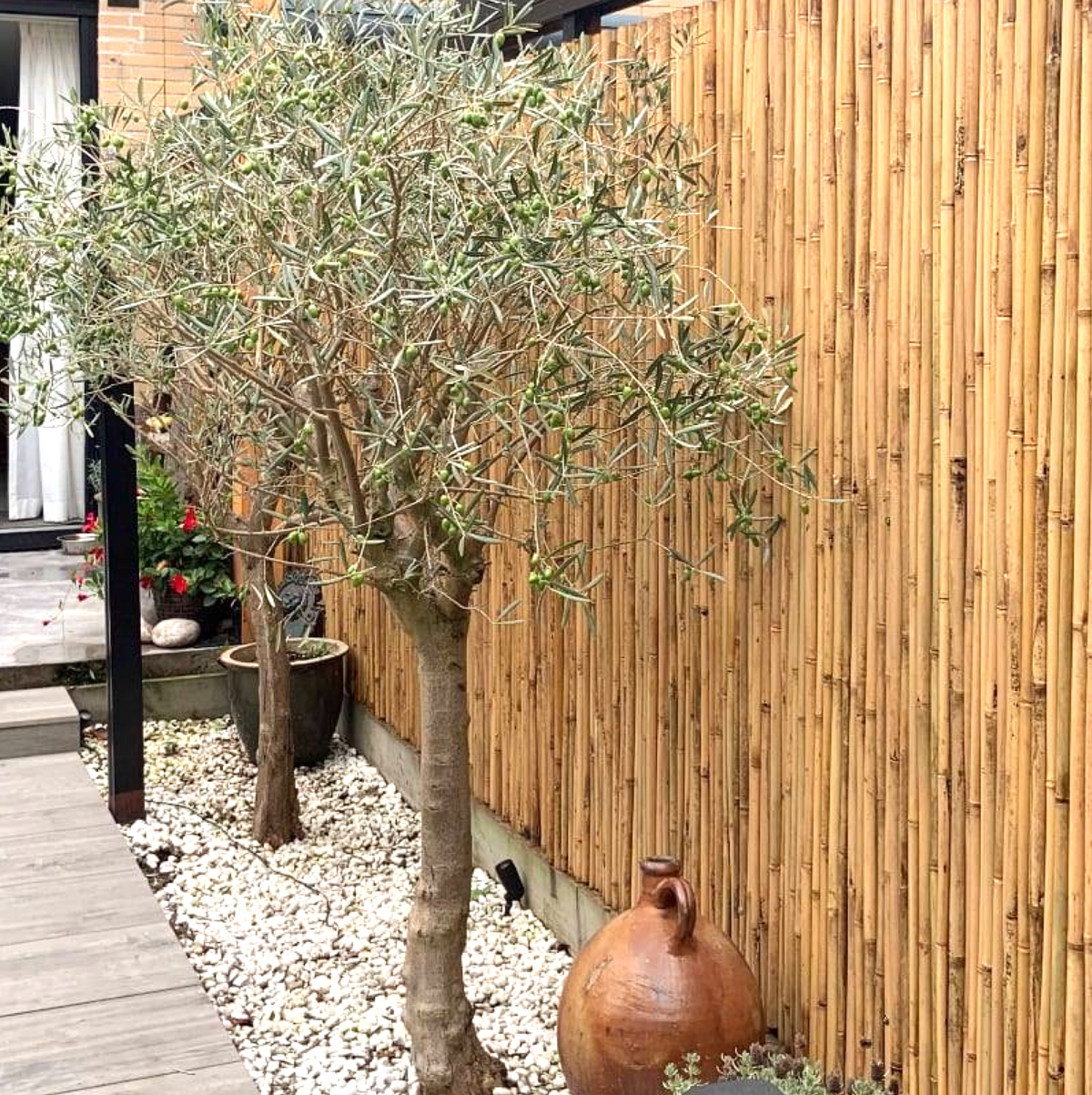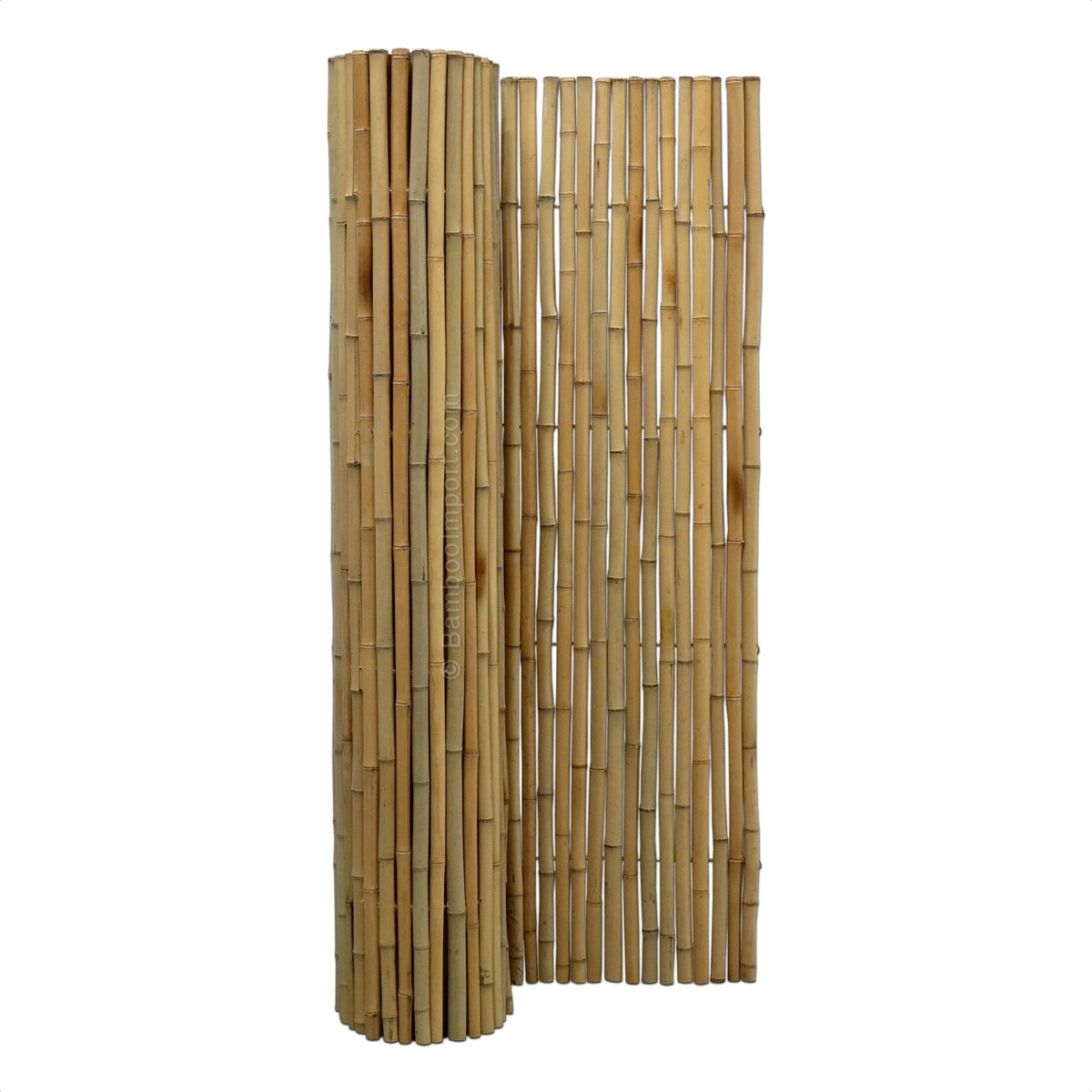People like to make music: in traditional ceremonies, or for example, just for atmosphere and conviviality. This has been done for thousands of years, all over the world. When making the instruments, a hollow bamboo pole is an obvious base for a flute. So with the wide spread of bamboo across the southern hemisphere, it is not surprising that bamboo flutes can be found in all sorts of cultures. We will cover a selection of bamboo flutes from around the world in this blog.

The Japanese Shakuhachi and Ryuteki
In Japan, first and foremost, there is the shakuhachi. This centuries-old bamboo flute is especially commonly used for meditation music. Its name is composed of the two Japanese words "shaku" and "hachi". The meaning can be traced back to the length of the flute. In fact, it is 54.54 centimeters, which is the standard length of a shakuhachi. Sometimes there are variations in the length, but they all fall under the name of shakuhachi. This is because the shakuhachi (like the other flutes) is made in a special way. Here, the tradition is characteristic of the sound it produces. This is because the shakuhachi is made from the lower part of the bamboo, including the underground tuft. For this reason, you can still see part of the roots on a shakuhachi.
Another well-known Japanese bamboo flute is the ryuteki. Ryuteki means "dragon flute." The sound is said to symbolize the dragons that live between heaven and earth. The ryuteki is used in gagaku. This is the classical Shinto music used in the Japanese court system.

The Chinese Dizi
The Chinese dizi is a transverse flute from China. A piece of membrane is glued over the air hole, giving the flute a unique sound. There are variations of the Chinese dizi in archaeological finds from as far back as 9,000 years ago. This dizi flute is one of the oldest playable instruments ever.

The Indian Bansuri
The bansuri is a flute from India that is often heard in Indian classical music. However, modern western music can also be played well on it. You can see the bansuri flute on drawings, paintings and statues of Buddhist, Hindu and Jain temples. Especially, the Hindu god Krishna is often depicted with a bansuri flute.

The Korean Daegeum
The daegeum is a relatively large bamboo flute used mainly in Korean traditional music. The vibrating membrane gives the flute a unique sound. The origin of this musical instrument can be found in the legend of King Sinmun of Silla in 681. According to the legend, a small island floated towards a Buddhist temple in the East Sea. The king was told he would receive a priceless gift if he visited the island. He sent someone to the island to investigate what the gift would be, but he found only bamboo. The next day brought so much wind and rain that the world was in darkness for a week. Then the king decided to visit the island. A dragon appeared and told him, "Pick the bamboo high up on the island and make a flute out of it. As long as you blow the flute, there will be peace.
Thus, the Daegeum has its royal origin and is still used in Korean traditional music. The flute from the legend also plays a role in modern entertainment. The Korean Netflix series "The King: Eternal Monarch" is also about the legend of Manpasikjeok, as the flute is also called.
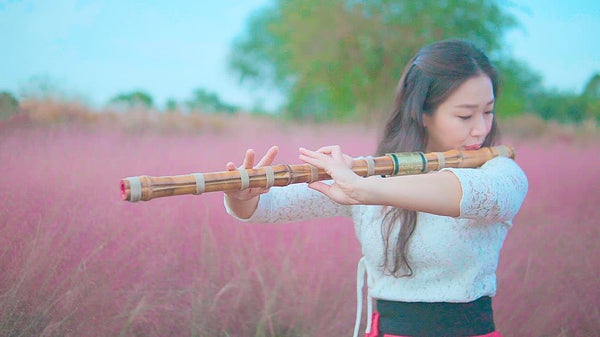
The Indonesian Suling
The suling or seruling is a traditional instrument in the islands of Southeast Asia. We say it originated in Indonesia, but it actually originated in Brunei, Indonesia, Malaysia, the Philippines and Singapore. It is used in degung ensembles and is made of tamiang bamboo: a long, thin bamboo. There is usually a thin band of rattan at the mouth hole, which is mainly for decoration.
The South American Quena
In South America, the Andean chain runs through many different countries. In the Andes, we know the quena as a traditional flute. Usually it is made from bamboo, but in Peru you can also see them made from the bones of a condor. Quenas are actually never played alone, but always in pairs to harmonize. Therefore, the quena is often played in combination with a pan flute.






